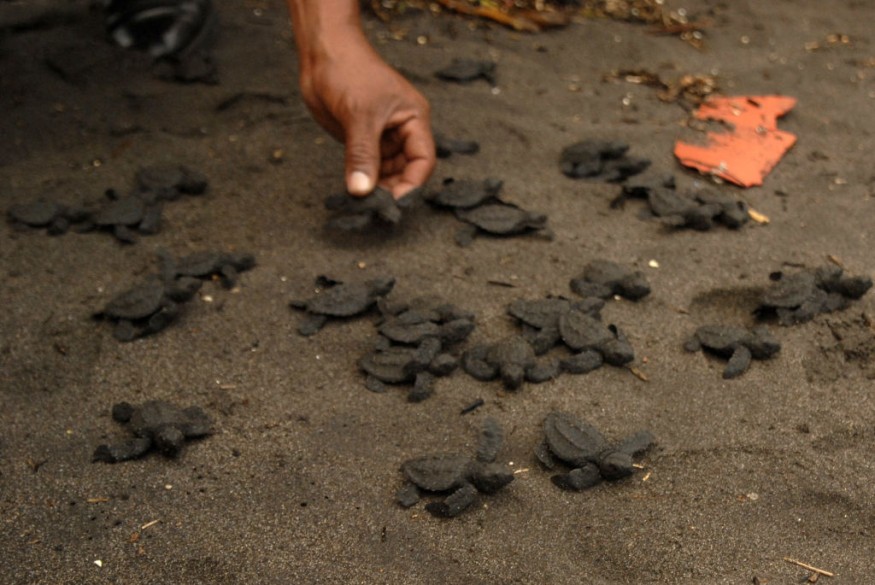
Catastrophic declines in biodiversity are increasingly observed worldwide due to climate change. The Earth's species, among others, have been greatly affected by this menace and in fear of being lost.
According to the first major global assessment of the world's species, at least one in every five species of reptiles are at brink of extinction, including more than half of turtles and crocodiles. Science Alert reports that more than 20% of the cold-blooded animals could face extinction.
Meanwhile, more than 40 percent of amphibians, 25 percent of mammals, and 13 percent of birds are in the same jeopardy. Until now, scientists cannot comprehensively map out the proportion of reptiles in danger, but a new global assessment published in the journal Nature reveals that at least 1,829 - 21 percent - of 10,196 reptile species were either vulnerable, endangered, or critically endangered.
Crocodiles and turtles among the Most At-Risk Species
Researchers evaluated 10,196 reptile species based on the criteria from the International Union for Conservation of Nature (IUCN) Red List of threatened species and find that the number of species seen as being threatened was "overwhelming".
"Now we know the threats facing each reptile species, the global community can take the next step and invest in turning around the often too under-appreciated and severe biodiversity crisis," said co-author Neil Cox, who manages the IUCN-Conservation International Biodiversity Assessment Unit and co-led the study.
Around 58 percent and 50 percent of those assessed found to be under threat were crocodiles and turtles, respectively. According to Cox, this was mostly due to "over-exploitation and persecution." Crocodiles are killed for their meat and removed from human settlements, while turtles are targeted by the pet trade and used for traditional medicine.
Species "Close to Extinction"
The climate threat includes well-known species of the fearsome king cobra to be at risk of extinction, in fact "very close", according to Cox at a press briefing on the research. "It's a real iconic species in Asia and it's such a shame that even widespread species such as this are really suffering and in decline."
Cox added that logging and deliberate attacks by humans were among the biggest threats to the snake.
Co-leader of the study Bruce Young said that threatened reptiles were largely found concentrated in Southeast Asia, Western Africa, northern Madagascar, the Northern Andes and the Caribbean. On the other hand, reptiles restricted to arid habitats such as deserts, grasslands, and savannas "are significantly less threatened" than those in forest habitats, Young explained.
Alongside the direct threat posed by climate change to 10 percent of the reptiles are agriculture, logging, invasive species and urban development. This estimate does not yet include the longer-term threats of sea level rise, or indirect climate-driven dangers like diseases.
The reptile assessment involving hundreds of scientists around the world took around 15 years to complete due to insufficient funds. Researchers hope this will help spark international action to fight biodiversity loss.
"Reptiles, to many people, are not charismatic. And there's just been a lot more focus on some of the more furry or feathery species of vertebrates for conservation," Young said. However, through their assessment efforts, they hope to advertise the importance of these creatures. "They're part of the tree of life, just like any other and equally deserving of attention," Young noted.
© 2025 NatureWorldNews.com All rights reserved. Do not reproduce without permission.





